The new convective outlook has been issued by the Storm Prediction Center. And all of North Alabama and Southern Middle Tennessee has been maintained under the standard Slight Level 2/5 Risk for severe thunderstorms.
The Enhanced Level 3/5 Risk covers mainly Northern Tennessee, Kentucky, Eastern Missouri, as well as Southern parts of Illinois, Indiana, and Ohio.
We have the basic 15% chance for damaging thunderstorm winds. That hatched 30% area to our North in the Ohio Valley could see winds more in the hurricane force category of about 75 mph or greater in some supercell thunderstorms as this event gets going later this afternoon, meaning Sunday afternoon.
And there is also a threat for very large hail (golfball-sized or greater) with thunderstorms that become supercells to our North, basically up in the Ohio River Valley. Down here our hail threat is the basic 15% risk of at least quarter-sized hail with only a 5% marginal probability for some of the more Southern counties of North Alabama. If that sounds confusing, don't worry, will zoom in on these areas below so you can pick out what general guidelines your county/town falls under.
And we only have the general 2-5% risk of isolated tornadoes down this way. The enhanced tornado threat, where they are most likely to develop from discrete supercells and do more significant damage, is around St. Louis and clipping far West Kentucky, far Northwest Tennessee, far Southern Illinois.
So taking a closer look at this, our main threat with severe thunderstorms with this system is damaging straight-line winds. We have a basic 15% risk of that areawide.
The threat for large hail is actually marginal 5% risk for many of us, but places like Huntsville, Decatur, Athens, Muscle Shoals, up into Tennessee are under the basic 15% risk for that as well. The really large hail is likely to stay in Northern Tennessee and up into Kentucky, where discrete supercell thunderstorms are a lot more likely.
And the really significant tornado probabilities also stay to our North, affecting parts of Northwest Tennessee as well as places like St. Louis, Missouri. Almost all of us are under the 5% risk of isolated tornadoes across the region, but as you get down to places like Cullman, Hamilton, Jasper, Gadsden, Boaz, that risk drops to the minimal 2% risk.
These are only basic guidelines, and please remember that just because our risk is a routine and basic one doesn't mean that whatever severe storm hits any given point is going to be weak. This is a complex setup in some ways, like I went into in the latest forecast discussion, and one or two places in our region could still see a thunderstorm take on supercellular characteristics and produce more significant damage, even if it is within the squall line that will probably be the main focus for our severe weather down this way.

At the same time, there is no need to be overly alarmed. The risk level we're outlooked for is the most basic, routine severe weather risk. It's coming right at the tail end of our severe weather season in late May. Squall lines like this are typical this time of year, and we've gotten a last-minute severe weather threat many times over the years, just when we thought it was safe to say it was summer. Spring tries to hang on sometimes. If you've seen a lot of the scary stuff from Texas, Oklahoma, or Kansas today/tonight, please understand that they were under the Moderate Level 4/5 Risk and specifically in a hatched 15% chance for strong tornadoes out that way. Everybody knew it could be a tornado outbreak with really significant damage.
While the setup is sort of complex with this event we're looking at here, our severe weather threat is much lower. This is about as typical as it gets in terms of expected impacts around here. But any severe thunderstorm is dangerous, and certainly any tornado is dangerous enough to have a healthy respect for.
There could be a few supercells that try to form in Middle Tennessee (probably starting in the Northern half) this afternoon and evening.
But our main threat, especially in Southern Middle Tennessee down into North Alabama, will come late tonight (some time close to Midnight) through early Monday morning, around Daybreak or so on Memorial Day.
It looks like it will mainly be a squall line/QLCS by then, but we could see an isolated supercell or two along the leading edge or just ahead of the squall line. The computer models have hinted that is more likely in Northwest Alabama or nearby parts of Tennessee and back in Mississippi.
The main thing about this event is that it's an overnight one as we're going into a holiday, when a lot of people are happy to be out of work. So it is even more important to let friends and family know this is going on. And to have a reliable way to get alerts.
That is NOT an outdoor siren.
Best is a NOAA Weather Radio with batteries for backup. A phone service like Weathercall is also great.
But everybody has Wireless Emergency Alerts available on a cell phone. Even the old-style flip phones get those now. And that will get you Tornado Warnings. They only send out Severe Thunderstorm Warnings on there if it is a "Particularly Dangerous Situation".
For a Severe Thunderstorm Warning, I would at least move away from windows and electrical stuff in your house. If you can be on the lowest floor of a sturdy house rather than a mobile home, that's better. A lot of people ignore these, but I wouldn't. Even if you don't take tornado-level precautions, some level of caution is wise.
For a Tornado Warning, the basic rules are:
* Be in a sturdy house or other strong building, not a mobile home.
* Stay away from windows.
* Get to the lowest floor.
* Get into a smaller room like a bathroom, closet, or hallway.
* Make that room near the center of the building, as many walls between you and the outside as you can have.
* Shield your body, especially your head, from falling or flying debris, if you have time to get up under something sturdy or put something over your head.
* As a last resort, if leaving a mobile home with no other shelter available, lie in an unflooded culvert or ditch, or even flat on the ground, covering your head and neck the best you can. Believe it or not, people have survived tornadoes by doing that, when the mobile home was destroyed.
And actually I remember a trucker who survived a tornado that way, even though he made a last-minute decision to leave the vehicle and hold on to a tree. Obviously that is not ideal. But sometimes people have to just do what they can.
Wherever you will be for the holiday, or if you have to drive for work, don't have the day off, make plans where the safest places are, that you can take shelter. A lot of people are going to be away from home for this. So within five minutes of getting that Tornado Warning, if you're in that warning polygon, you need to be able to get to a reasonably safe place as described above.
It's great if you have a storm shelter or a basement that is at least partially built into the ground, but most people are not going to be that lucky, and these basic precautions for sheltering inside a normal frame house can prevent serious injury during a tornado (or severe thunderstorm) and even save lives sometimes.
I know I've repeated a lot of this the past several days, but it is important. Best case scenario would be if this squall line turns out to be weak, with little or no severe thunderstorms happening within it or just out ahead of it. Because the weather looks lovely from Tuesday through the rest of the week. But we have to prepare for this severe weather threat to actually play out, where some of us have some real issues. Even one tree falling on a home or a window blowing out can be all it takes to cause serious problems for the people directly affected. And sometimes tornado damage is more serious than that. Staying in a mobile home is not a safe option even in the weakest tornadoes, and can be an absolute death trap if someone is in the path of a stronger one that will just pick the structure up and throw it across the road. So we do need to take this seriously.
Most likely timing is late night into early morning hours of Memorial Day, but if you want to be extra safe, especially up in Tennessee, keep an eye on things Sunday afternoon and evening too. Any activity then would probably be isolated supercell thunderstorms, and most of it later in the night hours would likely be a squall line.
And it's not out of the question that some risk for the strong winds and hail will persist beyond 7 AM Monday morning. The Storm Prediction Center has covered that base with the outlook for Monday, but I wouldn't get too hung up on it. The main window still looks like between Midnight and Daybreak.
After that, showers and thunderstorms should gradually taper off until we have clear skies Monday night.
Stay safe, and know that after this storm system clears out, we have a lovely week ahead with Highs in the lower 80's and Lows in the upper 50's - plenty of sunshine and low humidity levels.
SPC AC 260600
Day 1 Convective Outlook
NWS Storm Prediction Center Norman OK
0100 AM CDT Sun May 26 2024
Valid 261200Z - 271200Z
...THERE IS AN ENHANCED RISK OF SEVERE THUNDERSTORMS FOR
CENTRAL/EASTERN MISSOURI...CENTRAL/SOUTHERN
ILLINOIS/INDIANA...SOUTHWEST OHIO...KENTUCKY...NORTHERN
TENNESSEE...EXTREME NORTHEAST ARKANSAS...
...SUMMARY...
Widespread strong to severe thunderstorms will be possible across
parts of the lower Missouri Valley into the Ohio and Tennessee
Valleys, later today into tonight. Multiple rounds of storms with
the threat for large hail, damaging wind gusts, and a few tornadoes
are possible from parts of east-central Missouri into
central/southern Illinois and Indiana, much of Kentucky and adjacent
portions of northern Tennessee.
...Synopsis...
A complex but potentially significant severe weather episode is
expected later today, with the greatest threat currently expected
from parts of lower Missouri and mid Mississippi Valleys into the
Ohio and Tennessee Valleys. All severe hazards will be possible,
including some threat for widespread damaging winds, isolated to
scattered very large hail, and potentially a few strong tornadoes.
A seasonably deep mid/upper-level trough (with multiple embedded
shortwaves) will move from the central CONUS eastward into parts of
the Midwest and OH/MS/TN Valleys through the day. A surface cyclone
initially centered over eastern KS will move eastward across MO
through the day, before turning northeastward toward the southern
Great Lakes region later tonight. A trailing cold front will move
southeastward across the Ozarks region and eventually into the Mid
South. A warm front initially near the OH Valley region may move
northward during the day, though its progress may be limited by the
effects of potentially widespread convection across the region.
...Parts of MO/AR eastward into the OH/TN Valleys...
The presence of intense and widespread convection across eastern
portions of the central/southern Plains late Saturday night results
in considerable uncertainty regarding the evolution of severe
potential during the D1/Sunday period.
A rather large storm cluster and possible MCS may be ongoing later
this morning across parts of MO and northern AR, with some embedded
supercell potential. Moderate to locally strong instability and
favorable low-level and deep-layer shear will support some potential
for all severe hazards with the early-morning convection. While
there may be some weakening trend through the morning,
reintensification of ongoing storms, and/or development along the
attendant outflow, will be possible by late morning into the
afternoon. There may be some tendency toward a clustered storm mode,
but wind profiles will remain favorable for supercells, and an
increasing threat for large to very large hail, damaging winds, and
a few tornadoes may evolve during the afternoon across parts of OH
Valley and potentially into portions of the Mid South/TN Valley
region.
Farther west, a shortwave embedded within the large-scale trough is
forecast to approach parts of the mid MS Valley late this afternoon
into the evening, in conjunction with the primary surface low.
Scattered thunderstorm development will be possible near the remnant
outflow generated by morning convection, as well as along the
trailing cold front. The environment across the effective warm
sector (east of the cold front and along/south of the anticipated
outflow boundary) will remain favorable for organized convection,
and initial supercell development could be accompanied by a threat
for large to very large hail and a few tornadoes. There will be some
strong tornado potential, especially if notable outflow modification
can occur through the day, though the most favored tornado corridor
remains uncertain at this time.
Eventual development of a large QLCS will be possible tonight
along/east of the surface-low track and trailing cold front, with a
continued threat for damaging wind, hail, and possibly a few
tornadoes into a larger portion of the OH/TN Valleys and Mid South.
...Northern IL into southeast WI...
A secondary area of modest pre-frontal destabilization may develop
this afternoon from northern IL into southeast WI. Modest but
sufficient deep-layer flow/shear will support some storm
organization, and a few stronger storms capable of hail and locally
strong wind gusts may develop from afternoon into the early evening.
...Eastern KS into western MO...
Lingering moisture/instability and favorable deep-layer shear behind
the cold front could support isolated strong storm development late
this afternoon into the evening from eastern KS into western MO.
Some threat for hail and locally strong/damaging gusts will be
possible within this post-frontal regime.
...Carolina Piedmont into the Mid Atlantic...
There is some potential for early-day convection to persist and
eventually spread across the southern Appalachians into parts of the
Carolina Piedmont and vicinity by late afternoon or evening. While
the environment will tend to be less favorable with southeastward
extent, some threat for damaging wind and/or isolated hail could
spread into the region later in the day.
..Dean/Moore.. 05/26/2024
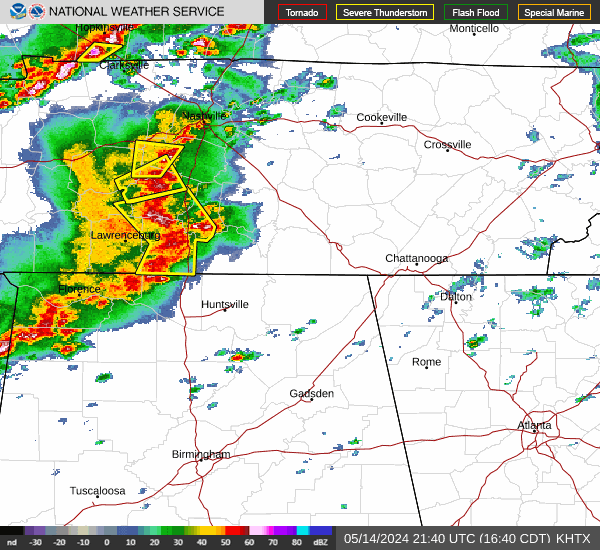
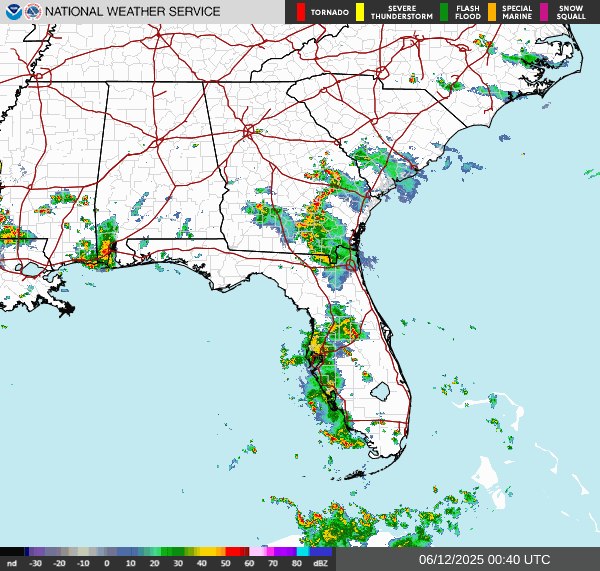










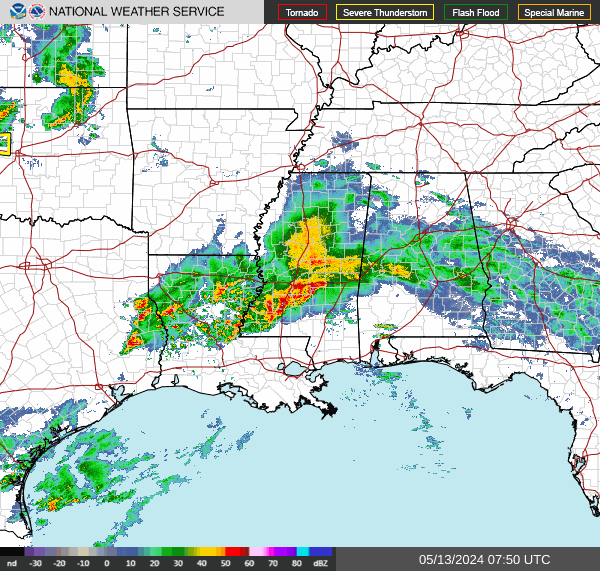
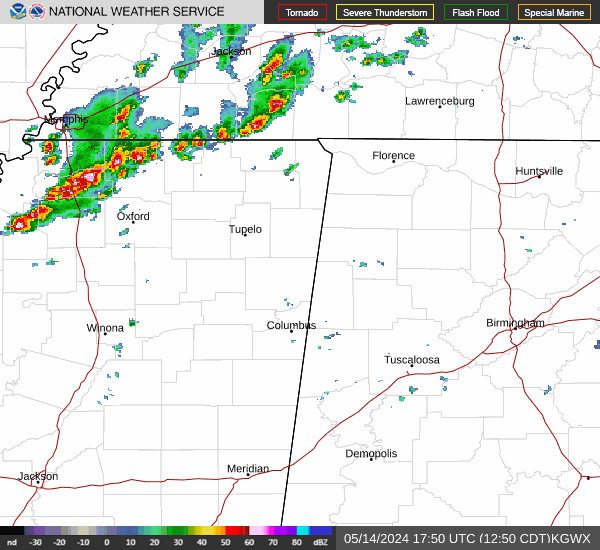
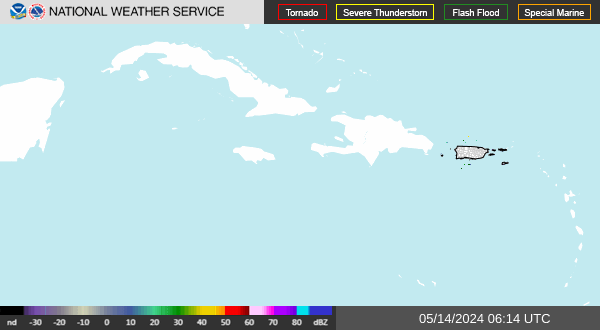



No comments:
Post a Comment